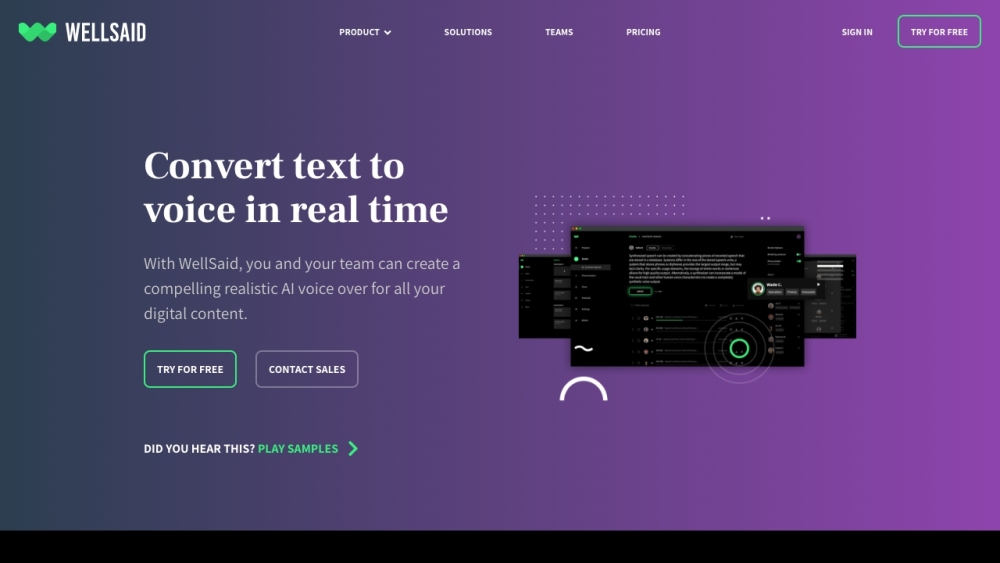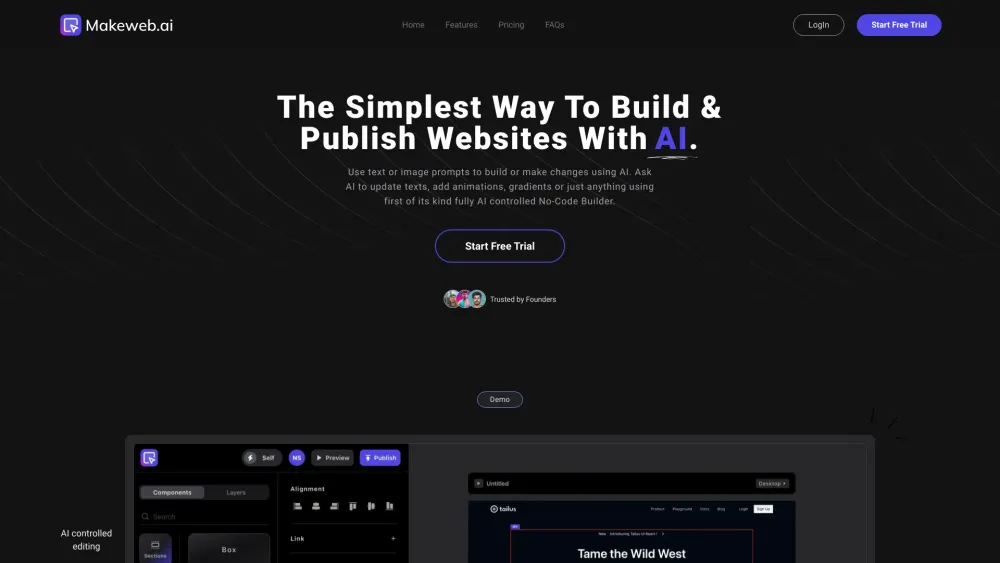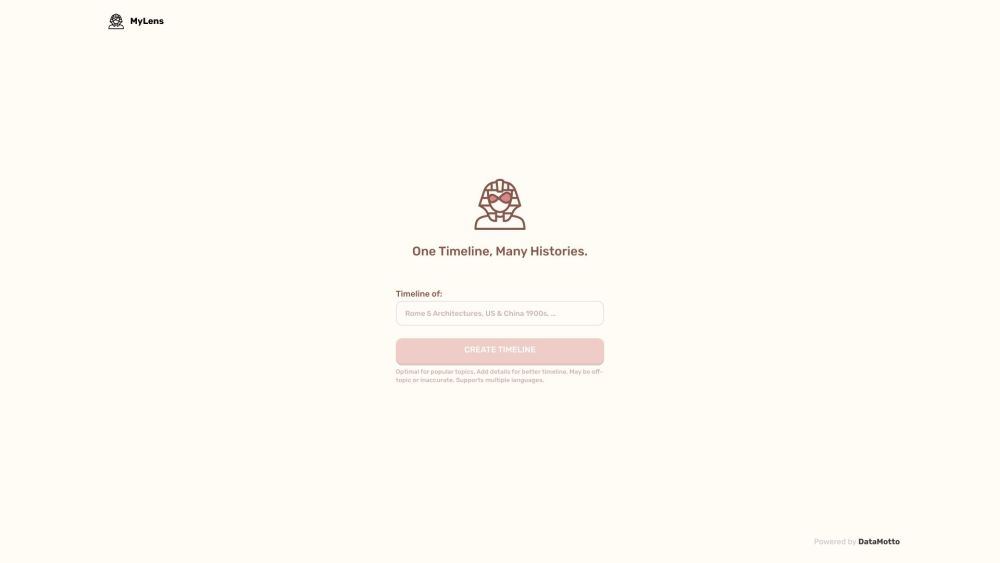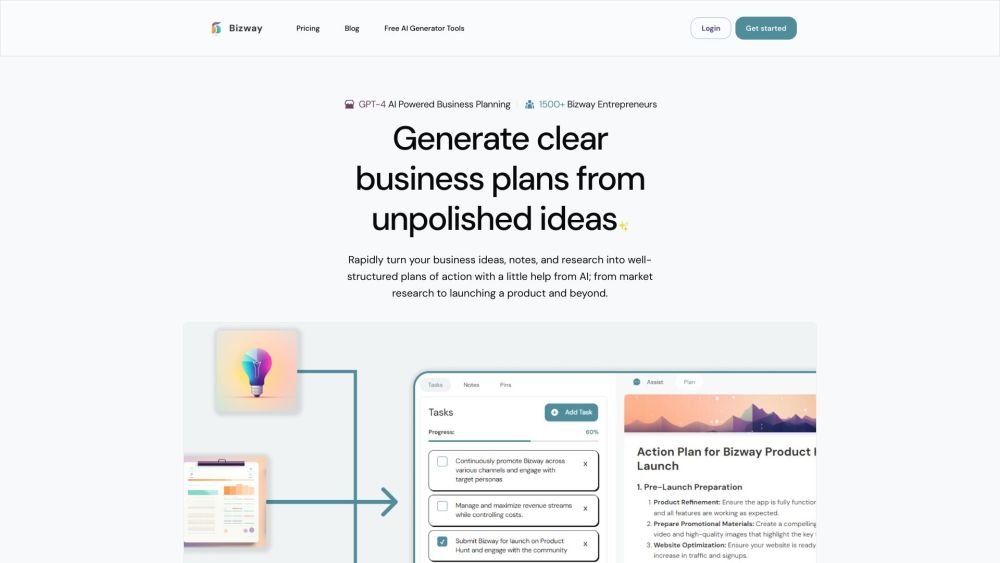Meta has unveiled new guidelines regarding AI-generated content and manipulated media in response to feedback from its Oversight Board. Beginning next month, the company intends to implement broader labeling practices, including a “Made with AI” badge for deepfakes. Additional contextual information will also be provided for content that has undergone manipulation, particularly if it poses a significant risk of misleading the public on crucial issues.
This initiative is particularly relevant in a year filled with elections worldwide, as it may result in Meta labeling more potentially misleading content. However, for deepfakes specifically, Meta plans to issue labels only for content that demonstrates "industry-standard AI image indicators" or is explicitly disclosed by the uploader as AI-generated.
Content that does not meet these criteria will likely remain unlabeled. The policy shift is indicative of a broader strategy that prioritizes transparency and context over content removal, aiming to address manipulated media responsibly while safeguarding free speech.
In a significant change, Meta announced it will cease removing content solely based on its existing manipulated video policy in July. According to a blog post from Friday, this transition allows users to familiarize themselves with the self-disclosure process before the company stops removing a small segment of manipulated media.
This new approach may be a response to increasing legal pressures surrounding content moderation and systemic risk management, particularly under the European Union’s Digital Services Act. This legislation requires Meta to navigate the balance between eliminating illegal content, mitigating systemic risks, and protecting free speech, especially in light of the upcoming elections for the European Parliament in June. The EU is also urging tech companies to watermark deepfakes wherever feasible.
The looming U.S. presidential election in November is also likely a consideration for Meta.
Oversight Board Criticism
Meta’s Oversight Board, which operates independently but is funded by Meta, reviews a small fraction of the company's content moderation decisions and can suggest policy changes. While Meta isn't obligated to adopt the board's recommendations, it agrees to adjust its approach this time.
In a blog post, Monika Bickert, Meta’s VP of content policy, acknowledged that the company is revising its rules on AI-generated content based on the board's feedback, noting, “We recognize that our prior approach was too limited by focusing solely on videos created or altered to misrepresent someone’s words.”
In February, the Oversight Board urged Meta to rethink its AI content policy after evaluating a manipulated video of President Biden that insinuated inappropriate motives. Although they supported Meta's decision to keep the content live, they criticized Meta’s manipulated media policy as “incoherent.” They pointed out that the policy applied only to AI-generated videos, leaving other altered content inadequately addressed.
Meta appears responsive to this critical feedback. Bickert noted, “Over the past few years, and particularly the last year, people have developed increasingly sophisticated forms of AI-generated content, such as audio and images. As the Board emphasized, it is vital to tackle manipulation that misrepresents individuals' actions as well.”
The board raised concerns about how removing manipulated media could unnecessarily restrict freedom of expression and recommended a “less restrictive” approach, such as employing labels with contextual information.
Earlier this year, Meta announced collaborations with industry stakeholders to establish common technical standards for identifying AI content, including both video and audio. This effort will serve as the foundation for the expanded labeling of synthetic media.
“Our “Made with AI” labels for AI-generated videos, audio, and images will be informed by our detection of widely recognized AI indicators and disclosures from users uploading AI content,” Bickert explained, emphasizing that the company currently uses “Imagined with AI” labels for photorealistic images created through Meta's AI features.
This updated policy will encompass a broader array of media beyond the manipulated content initially recommended by the Oversight Board. If Meta determines that digitally created or altered images, videos, or audio pose a particularly high risk of misleading the public on significant matters, it may employ more prominent labeling for better public awareness.
Meta clarified that it will not remove manipulated content, whether AI-generated or otherwise altered, unless it violates specific policies regarding voter interference, bullying, violence, and other community standards. Instead, as previously stated, the company will consider introducing “informational labels and context” in scenarios deemed critical for public interest.
Meta’s blog post outlines its engagement with nearly 100 independent fact-checkers to assess risks associated with manipulated content continuously. These external reviewers will continue to evaluate false and misleading AI-generated content. If they categorize content as “False or Altered,” Meta will respond by modifying algorithms to reduce that content’s visibility, ensuring it appears lower in feeds while also adding overlay labels containing further information.
As generative AI tools lead to a surge in synthetic content, these third-party fact-checkers are likely to face a heavier workload. Additionally, it appears that more of this content may remain on Meta’s platforms due to this policy update.
Meta expands labeling of AI-generated imagery amid an election-packed year.




